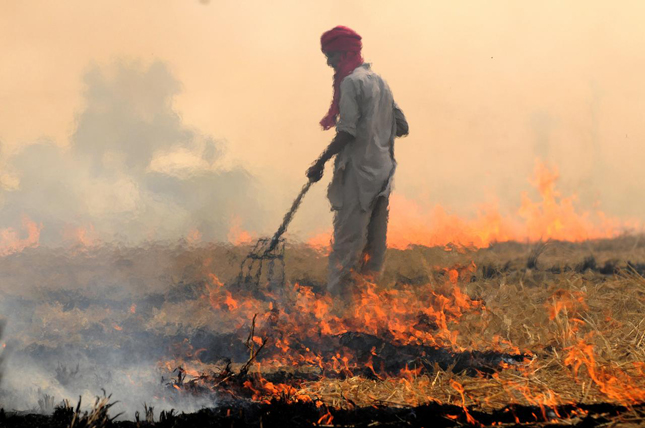-
How Successful Were the Millennium Development Goals? A Final Report
July 28, 2015 By Josh Feng
Earlier this month, the United Nations released a final report on the Millennium Development Goals (MDGs), the framework that has guided global development efforts for the last 15 years. The document examines each of the eight MDGs and finds that “despite many successes, the poorest and most vulnerable people are being left behind.” As one of the first global poverty reduction movements nears its end, the report calls for better data collection practices to create a post-2015 development agenda that can overcome the MDG’s shortcomings.
Progress, But Not for Everyone
The number of people living in extreme poverty and proportion of undernourished people in developing regions has declined by more than half since 1990, with most of this progress occurring after the MDGs launched in 2000. The maternal mortality ratio has declined by 45 percent worldwide, and the proportion of the global population using an improved drinking water source rose from 76 percent to 91 percent.
Those still left out, however, are increasingly concentrated in South Asia and sub-Saharan Africa, and all across the globe, women and young people face the highest odds of living in poverty. Conflict and displacement is taking a toll as well. While hunger has fallen in most areas, projections indicate that the prevalence of undernourishment in the Middle East will rise by 32 percent between 2014 and 2016 due to war, civil unrest, and increasing numbers of refugees.
Many people are doubly or triply marginalizedProgress in maternal health is sharply divided along rural-urban lines. In developing regions, only 56 percent of births in rural areas are attended by skilled health personnel, whereas 87 percent of births are in urban areas. In Central Africa, this gap is even more pronounced at 32 versus 84 percent.
Many people – young, rural, minority women, for example – are doubly or triply marginalized and easily forgotten amidst promising overall trends. “Millions of people are being left behind, especially the poorest and those disadvantaged because of their sex, age, disability, ethnicity, or geographic location,” writes Wu Hongbo, UN under-secretary-general for economic and social affairs, in the report.
To bring more attention to these pockets being left behind, the UN calls for higher-quality data disaggregated beyond dimensions of age and sex to include migrant/indigenous status, disability, and ethnicity, among others. Understanding the composition of those that continue to fall behind the MDG targets can help policymakers tackle the underlying forces of poverty. “We need to tackle root causes and do more to integrate the economic, social, and environmental dimensions of sustainable development,” writes UN Secretary-General Ban Ki-Moon in the report’s forward.
Compounding Pressures
Changing global demographics have also presented obstacles to fulfilling the MDG’s vision. The report notes that “employment opportunities have diminished in both developing and developed regions.” The employment-to-population ratio, which measures what percentage of the working population is employed, has declined around the world since 1990 with the biggest drops in East and South Asia. Africa, Latin America, the Caribbean, Oceania, and Central Asia have all seen slight increases. Overall employment ratios are lowest in the Middle East and North Africa. Once again, young people are disproportionately affected: 40 percent of young men and women (aged 15 to 24) are employed today compared to 50 percent in 1990, with those in the Middle East and North Africa fairing the worst.
880 million people live in slums today compared to 689 million in 1990In many places, as people move to cities in search of work, rapid urbanization is taxing already-inadequate infrastructure. The proportion of the urban population living in slums in developing regions fell from 39 percent in 2000 to 30 percent in 2014, surpassing the MDG target. However, the total number of urban residents living in slums continues to grow as a result of accelerating urbanization and population growth, coupled with harmful land and housing policies. More than 880 million people are estimated to live in slum conditions today compared to 792 million in 2000 and 689 million in 1990.
Population growth and increased consumption have also stressed the environment, presenting challenges that overshadow progress on the seventh MDG – to ensure environmental sustainability. While ozone-depleting substances have nearly been eliminated since 1990 and the ozone layer is expected to recover by midcentury, carbon dioxide emissions have risen by more than 50 percent in the past 25 years. And though deforestation has slowed, overexploitation of marine fisheries is rising. Between 1998 and 2011, the number of countries experiencing water stress increased from 36 to 41. Water scarcity currently affects more than 40 percent of the world population, a statistic that is only projected to increase.
For the global poor whose livelihoods are directly tied to natural resources and suffer the most from environmental degradation, climate change hinders development in other sectors. That’s why environmental change is a much bigger focus in the Sustainable Development Goals, set to be adopted later this year. The spotlight – alongside better data collection and a stronger emphasis on the most marginalized – may help reverse some of these harmful trends over the next 15 years.
Sources: United Nations, The Washington Post, World Wildlife Fund.
Photo Credit: Burning of rice residues after harvest to quickly prepare land for wheat planting, around Sangur, SE Punjab, India, courtesy of the International Center for Tropical Agriculture.
Topics: Africa, Asia, climate change, conflict, consumption, demography, development, environment, environmental security, family planning, featured, food security, gender, global health, international environmental governance, maternal health, MDGs, Middle East, migration, natural resources, population, poverty, SDGs, security, UN, urbanization, water
 A Publication of the Stimson Center.
A Publication of the Stimson Center.



